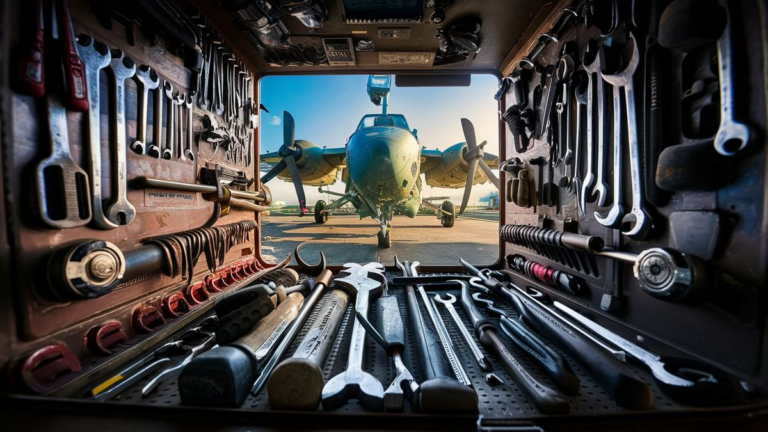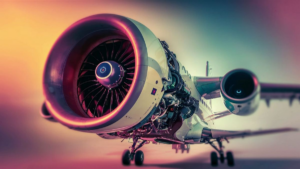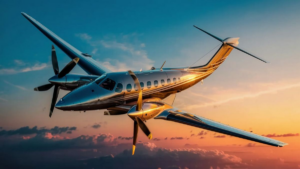Ensuring the structural integrity of Air Force aircraft is paramount to maintaining operational readiness and ensuring the safety of flight crews. Aircraft structural maintenance encompasses a wide range of tasks aimed at inspecting, repairing, and preserving the structural components of various aircraft in the Air Force fleet.
Importance of Structural Maintenance
The structural integrity of an aircraft is crucial for its performance and safety. Regular maintenance helps identify and address issues before they escalate, preventing potential catastrophic failures during flight. By adhering to strict maintenance protocols, the Air Force ensures that its aircraft can operate effectively in diverse environments and missions.
Tasks Involved
Aircraft structural maintenance involves a variety of tasks, including:
- Inspecting airframes for signs of wear, corrosion, or damage
- Repairing structural components using specialized techniques and materials
- Performing non-destructive testing to detect hidden flaws
- Replacing worn or damaged parts to maintain structural integrity
- Applying protective coatings to prevent corrosion
Specialized Training
Personnel responsible for aircraft structural maintenance undergo rigorous training to develop the necessary skills and knowledge. This includes training in aircraft structures, materials science, welding, and non-destructive testing techniques. Additionally, they receive specialized training on specific aircraft models to ensure proficiency in maintaining diverse platforms.
Collaboration and Coordination
Aircraft structural maintenance is a collaborative effort that involves coordination between various units and specialties within the Air Force. Engineers, technicians, and maintenance personnel work together to develop maintenance schedules, perform inspections, and execute repairs. Effective communication and teamwork are essential for ensuring that aircraft remain in optimal condition.
Utilization of Technology
Advancements in technology have revolutionized aircraft structural maintenance practices. From sophisticated diagnostic tools to computer-aided design software, Air Force maintenance crews leverage cutting-edge technology to enhance efficiency and accuracy. This includes using drones for visual inspections of aircraft surfaces and implementing predictive maintenance algorithms to anticipate component failures.
Adaptability and Innovation
The field of aircraft structural maintenance is constantly evolving, driven by the need to adapt to new challenges and technologies. Air Force maintenance personnel are encouraged to innovate and explore new techniques to improve maintenance processes and extend the lifespan of aircraft structures. This culture of innovation ensures that the Air Force remains at the forefront of aircraft maintenance practices.
Aircraft structural maintenance is a critical aspect of ensuring the operational readiness and safety of Air Force aircraft. Through rigorous training, collaboration, and the utilization of technology, the Air Force maintains the structural integrity of its aircraft fleet, enabling them to fulfill their missions effectively and safely.
Frequently Asked Questions
Below are some frequently asked questions regarding aircraft structural maintenance:
| Question | Answer |
|---|---|
| What are the consequences of neglecting aircraft structural maintenance? | Neglecting aircraft structural maintenance can lead to various consequences, including compromised safety, reduced aircraft performance, and increased risk of catastrophic failures during flight. |
| How often should aircraft undergo structural maintenance? | The frequency of structural maintenance depends on various factors, including aircraft type, usage, and environmental conditions. Generally, aircraft undergo routine inspections and maintenance according to established schedules and guidelines. |
| What are some common signs of structural damage in aircraft? | Common signs of structural damage in aircraft include cracks, corrosion, deformities, and abnormal noises during flight. These signs should be promptly addressed through thorough inspection and repair procedures. |
| What role does technology play in aircraft structural maintenance? | Technology plays a crucial role in aircraft structural maintenance by enabling advanced diagnostic capabilities, precision repair techniques, and predictive maintenance strategies. It enhances efficiency, accuracy, and safety in maintenance operations. |
Environmental Considerations
Environmental factors can significantly impact aircraft structural integrity and maintenance requirements. Extreme temperatures, humidity, salt exposure, and other environmental elements can accelerate corrosion and wear on aircraft components. Therefore, maintenance protocols often include measures to mitigate environmental effects and protect aircraft structures.
Cost-effectiveness in Maintenance
Ensuring cost-effectiveness in aircraft structural maintenance involves optimizing maintenance procedures, resource allocation, and technology utilization. By adopting efficient maintenance practices and leveraging innovative solutions, the Air Force aims to maximize the lifespan of aircraft structures while minimizing operational costs.
See also:






